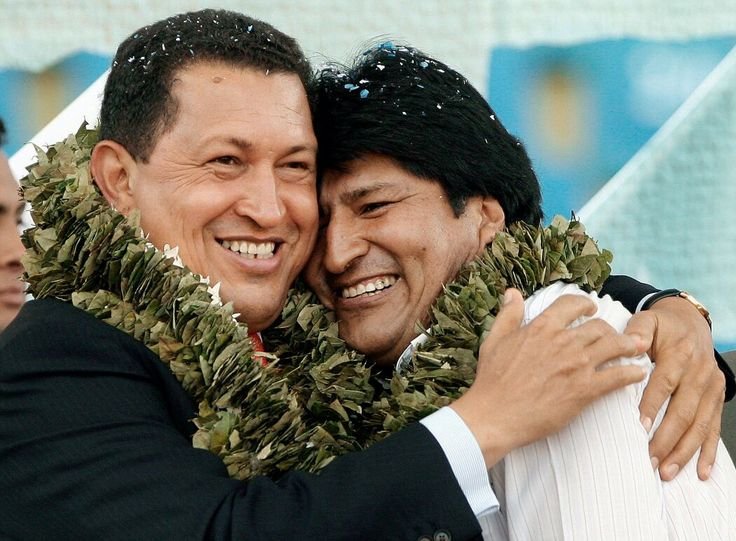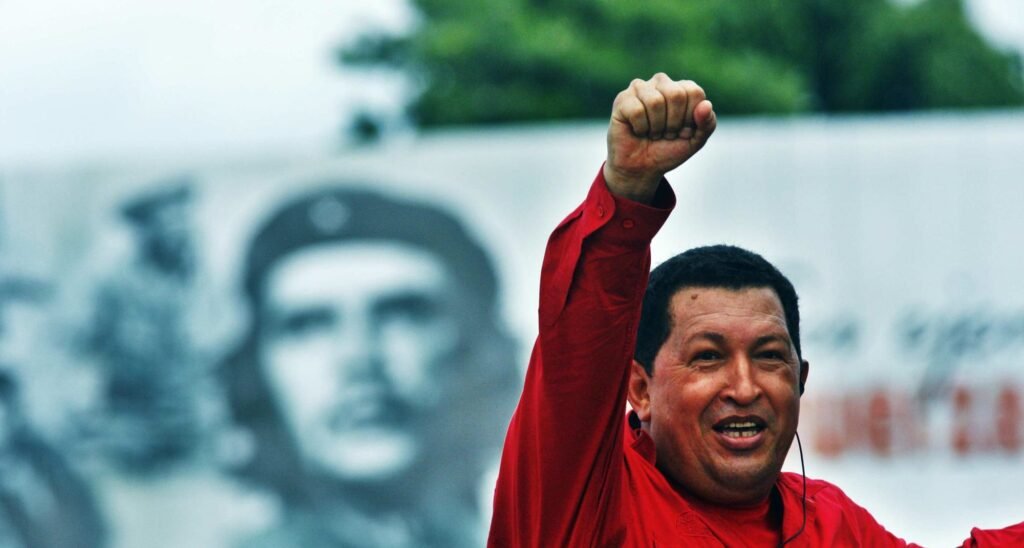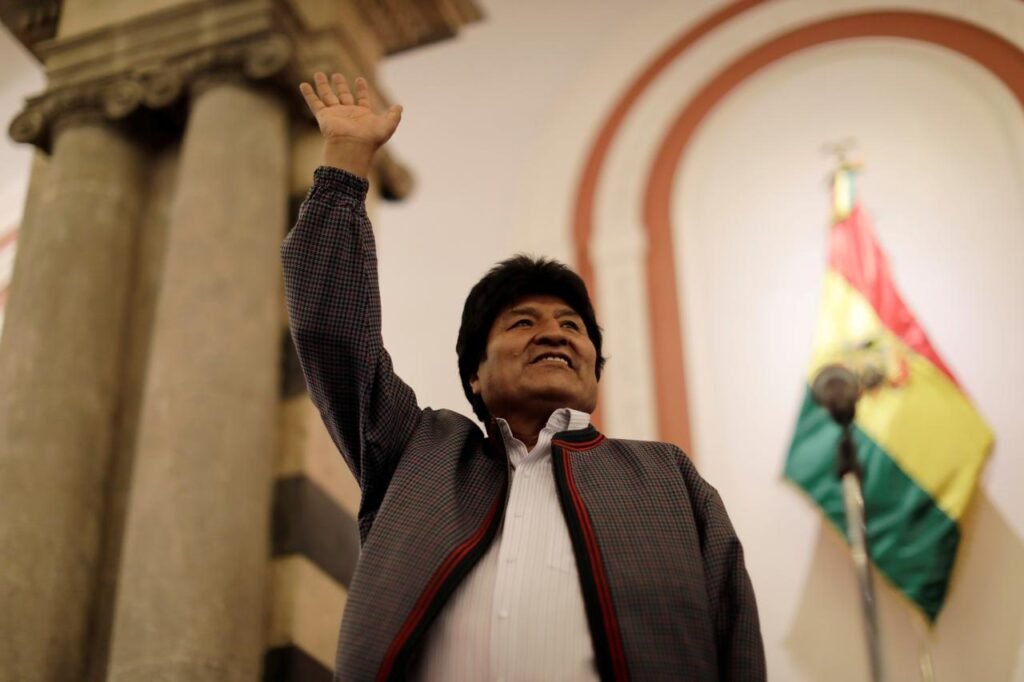At the turn of the 21st century, popular resistance to neoliberalism swept across Latin America, igniting mass protests and political upheavals. This wave of discontent brought a series of progressive governments to power, ranging from moderate reformers to radical leftist leaders. Among the most prominent were the governments of Hugo Chávez in Venezuela and Evo Morales in Bolivia. These administrations, part of what became known as the “Pink Tide,” promised to create more participatory and inclusive democracies.
Political sociologist Gabriel Hetland’s recent analysis provides a critical examination of these two left-wing governments and their approaches to participatory democracy. His findings highlight the challenges that even the most progressive governments face in balancing popular participation with state power, particularly when confronted by right-wing opposition and imperialist interference. This reflection offers valuable lessons for leftist movements worldwide, especially those aspiring to achieve and sustain state power.

Venezuela and Bolivia: Divergent Paths to Power
Venezuela and Bolivia’s leftist governments, despite being hailed as the most radical examples of the Pink Tide, followed distinctly different paths to power. Chávez’s government, which Hetland classifies as “left populist,” emerged from a relatively top-down process, with Chávez elected as a reformer in 1998. While Venezuela had seen waves of anti-neoliberal protests, these movements were largely uncoordinated, making Chávez’s rise a centralized effort to channel the discontent.
Bolivia’s Evo Morales, by contrast, was propelled into office in 2005 by militant popular movements, particularly indigenous groups. Morales’ Movement for Socialism (MAS) embodied a grassroots, bottom-up revolutionary movement, which Hetland labels as “movement-left.” These differences in their origins significantly shaped how each government responded to right-wing backlash.
Where Chávez sought to mobilize the masses to build a stronger defense against elite opposition, Morales took a more cautious approach. Fearing civil war, Morales opted to contain right-wing backlash by limiting popular mobilization, aiming to preserve national stability, even if it meant making concessions to the right.

Leftist Hegemony in Venezuela
In Venezuela, Chávez’s leadership between 2005 and 2013 represents what Hetland calls the “heyday of leftist hegemony.” This period saw the consolidation of power under Chávez, with high oil prices and a favorable regional political climate enabling a series of radical reforms. Key to this era was the emphasis on participatory democracy, as Venezuela’s working class and marginalized communities were actively involved in decision-making through structures like Bolivarian Circles, communal councils, and socialist communes.
The state-directed economy, buoyed by oil revenues, financed extensive social programs, reducing poverty from 62% in 1998 to 32% by 2011. Venezuela also became one of the most equal societies in Latin America during this period. Even in cities governed by the opposition, such as Sucre, participatory budgeting and other democratic initiatives were implemented under pressure from the Chavista government.
However, after Chávez’s death in 2013 and the sharp decline in oil prices, the pillars supporting leftist hegemony began to crumble. U.S.-imposed economic sanctions further exacerbated the crisis, cutting Venezuela off from global oil markets and devastating its economy. President Nicolás Maduro, Chávez’s successor, faced increasing opposition, both from within the country and from imperialist powers abroad. As economic conditions worsened, Maduro’s government adopted more repressive measures to maintain control, culminating in the failed U.S.-backed coup attempt led by opposition figure Juan Guaidó in 2019.

Bolivia’s Shift from Revolution to Moderation
In Bolivia, Morales initially embarked on a transformative path, enacting partial nationalizations of natural gas and advancing land reforms. His first term (2006-2009) was marked by “insurgent reform,” as the MAS government clashed with right-wing elites, particularly those from the lowland region of Santa Cruz. However, by his second term, Morales began shifting towards a more moderate stance. This period (2009-2016) saw MAS serving as a mediator between leftist movements and conservative forces, reflecting a “passive revolution” where moderate reforms were implemented but without challenging the underlying structures of capitalist power.
This demobilization of Bolivia’s revolutionary base intensified during Morales’ third term, when he controversially sought a fourth term in defiance of a national referendum. This decision sparked protests, culminating in a right-wing coup in 2019 led by Jeanine Áñez, whose interim government violently repressed indigenous communities. While MAS returned to power in 2020 under Luis Arce, internal conflicts and divisions continue to plague the party.
The Fragility of Revolutionary Gains
Hetland’s analysis reveals both the achievements and limitations of leftist governments under capitalism. While Venezuela and Bolivia made significant strides toward participatory democracy, these gains were contingent upon favorable economic conditions and political stability. In both cases, the revolutionary momentum of the early years gave way to a more cautious, defensive stance as right-wing opposition and imperialist pressure mounted.
For leftist movements today, the experiences of Venezuela and Bolivia underscore the importance of building strong, independent institutions that can withstand external pressures. Hetland’s research shows that while participatory governance is possible even in right-wing municipalities, as seen in Venezuela, sustaining these initiatives requires constant vigilance and the mobilization of popular forces.
Democracy and Revolution in Latin America
As Latin America faces a new wave of right-wing reactionary politics, the lessons from the Pink Tide remain relevant. Both Venezuela and Bolivia demonstrate that while progressive governments can make significant advances, these gains are always precarious under capitalism. The challenge for future leftist movements will be to deepen popular participation and build resilient institutions that can defend the revolutionary process from imperialist interference and elite sabotage.
In October 2023, as leftist governments across the globe confront similar challenges, the experiences of Venezuela and Bolivia offer valuable insights. The struggle for democracy and socialism is ongoing, and the future of revolutionary movements will depend on their ability to adapt, organize, and fight for a more just and equitable world.


